Therapeutic utility of Devadaru or Cedrus deodara is of classical importance in Indian Medicine of Ayurveda, an ancient medical system and culture of India to alleviate Vata ( one of the three elemental substances, or doshas, of the Ayurveda) disorders and Prameha (urinary disorders)
Devadaru tree (Cedrus deodara)
Did you know that Devadaru tree (Cedrus deodara) native to the Western Himalayan Temperate Zone in the Himalayas is considered sacred even today?
Devadaru tree, a species of cedar, with the widely known botanical name Cedrus deodara, the tree of the Indian subcontinent, native to the Western Himalayan Temperate Zone in the Himalayas, also known as 'Pinus devadaru' and by its Sanskrit name 'deiudar' or 'Suradaru' meaning “the one which grows in the land of Gods”, is a large coniferous evergreen tree which bears flowers, new leaves and fruits all year through and has a sweet fragrance surrounding it like a divine aura. The Sanskrit word Devadaru, a compound word of 'deva (god)' and 'daru (wood)' meaning "wood of the gods".
In the epic Ramayana there is mention of “stands of devadarus” and "devadaruvanaih". Its considered sacred even today. In Valmiki Ramayana's Kishkinda khanda menation is made as:
lodhra padmaka khaNDeSu devadaaru vaneSu ca |
raavaNaH saha vaidehyaa maargitavyaa tataH tataH || || 4-43-13
English translation: “In the stands of Lodhra trees, Padmaka trees and in the woods of Devadaru, or Deodar trees, Ravana is to be searched there and there, together with Seetha."
These trees in groups give shelter to many temples in Kumaon and Kulu valleys. Offerings are also given to the tree. Trees can be seen studded with iron nails in the Kumaoa Hills with Hindus giving iron nails as offering in great reverence for the trees are considered as Gods, in their hearts. Deodar wood is extensively used in Kath-Kuni architectural constructions of houses and temples particularly in Himachal Pradesh and Uttarakhand.
In Vedic times, sages (Rishis) did penance and meditation to Lord Shiva under this tree and temples were built with its aromatic wood and incense made of its wood was used for fumigation and worship of Gods.
The most cold-tolerant tree found at an altitude of 1200-3000 meters above sea level in the Western Himalayas, particularly in north-central India (Himachal Pradesh, Uttaranchal states), northern India(Kashmir), southwestern most Tibet and western Nepal, and also in northern Pakistan and eastern Afghanistan, the Devadaru, an evergreen coniferous tree reaches heights of 40-50 m (even at places to 60 m), has usually a trunk measuring up to 3 m diameter. The tree, as an ornamental tree, exhibits a conic crown with level branches and drooping branchlets. The leaves are needle-like and in dense clusters with bright green to glaucous blue-green colour. Flowering and fruiting occurs in June, ripen and shed their pollen from September. Drained soil and high moisture are ideal for its growth. It needs ample space and sunlight to reach its grand growth potential. It is extremely adaptable for growth in varied pH of soils.
Its wood is in great demand as building material because of its durability, rot-resistant character and fine close grain, which is capable of taking high polish. Its anti-fungal, insect-repellent and anti-bacterial properties makes it valuable as construction material. The primary uses of deodar are for railway sleepers, beams, floor-boards, posts, door and window frames and shingles. It is also used for bridge construction, carriage and wagon building, furniture, packing cases, electric poles, battery separators and second grade pencils.
The inner wood is aromatic and used to make incense. Inner wood is distilled into essential oil. As insects avoid this tree, the essential oil is used as insect repellant on the feet of horses, cattle and camels. vessels made of this wood is used to preserved food.
Therapeutic utility of Devadaru or Cedrus deodara is of classical importance in Indian Medicine of Ayurveda, an ancient medical system and culture of India to alleviate Vata ( one of the three elemental substances, or doshas, of the Ayurveda) disorders and Prameha (urinary disorders). In the medical literature of the 7th Century – Madhavachikitsa - its compound formulations including its oil are mentioned to be highly useful in the treatment of all major fevers. Other benefits include treatment of neurological disorders, asthma, infested wounds, headache, fever, pruritus, arthritis and worms.
Its essential oil, often yellowish or even darker in colour, is used in making soaps, perfumes, insecticides, household sprays, and floor polishes.
- Narasipur Char
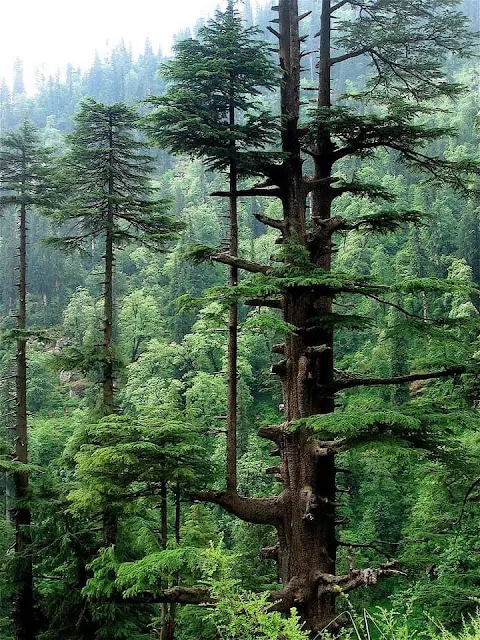
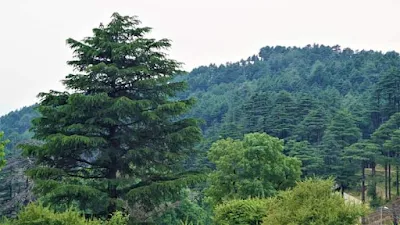
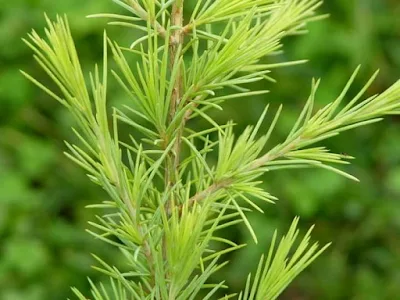
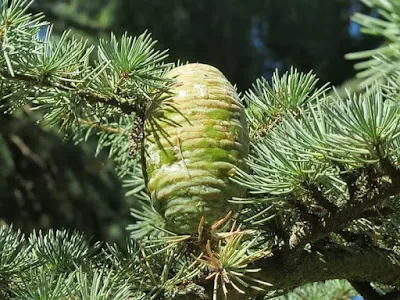
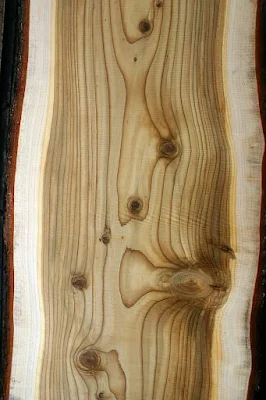






















Comments
Post a Comment